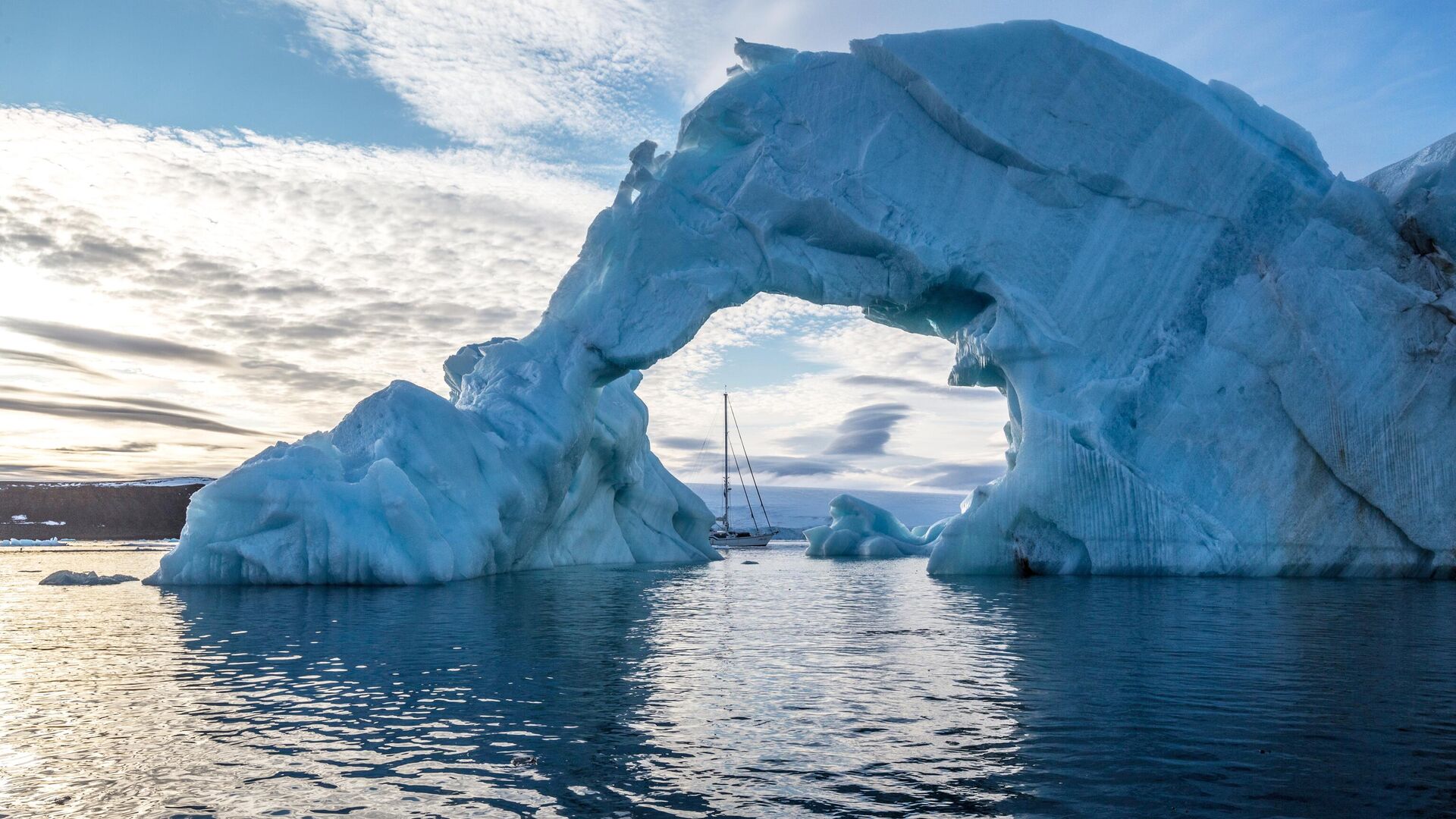
MOSCOW, December 1, Tatyana Pichugina.UN climate talks — COP28 — are taking place in Dubai. The world community will have to take stock of the interim results in the fight against global warming and decide how to finance the green transition in developing countries. However, experts note: despite all efforts, it will not be possible to keep the temperature on the planet at the desired level.
How it all began
In 1997, the Kyoto Protocol was adopted, obliging reduce CO2 emissions. By 2012 they were going to reduce them by five percent (relative to 1990). It didn't work.
In 2015, an agreement with a more realistic action plan was signed in Paris. New goals were outlined there: adaptation to climate change, assessment of losses and damage from the consequences of global warming.
Strict requirements for greenhouse gases were no longer put forward. Everyone sets their own bar. They introduced so-called climate finance, that is, mechanisms for transferring funds from developed countries to developing and poor ones, which, due to management deficiencies and weak economies, are especially hard hit by natural disasters. We are talking about transfers worth one hundred billion dollars a year.
We recognized the problem of climate refugees — those whose lands will be flooded by the World Ocean. First of all, these are island states, for example Tuvalu and Vanuatu. The only way to help them is to resettle them.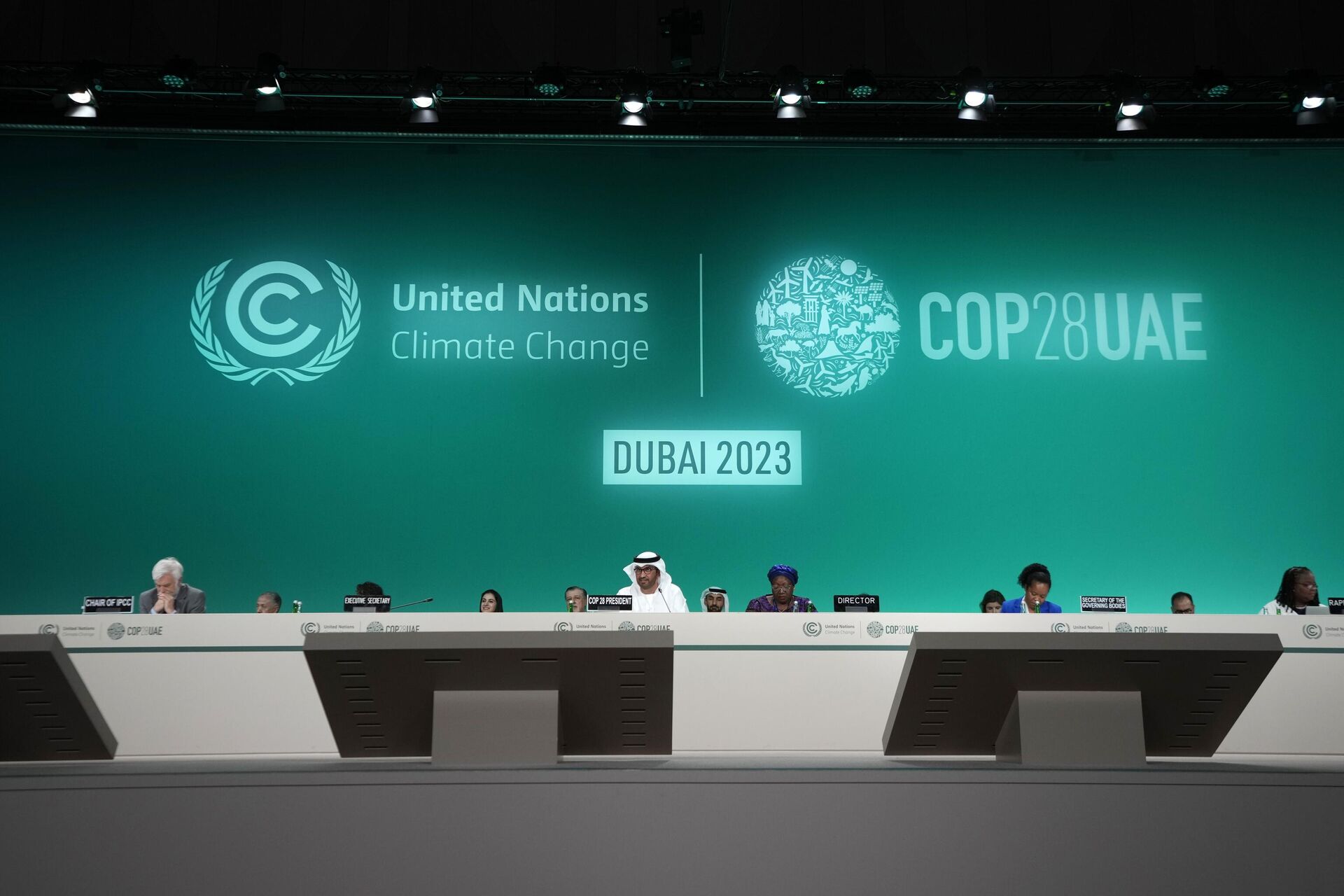
What COP28 is about
The signatories of the Paris Agreement review their progress and renew their commitments every five years. The next clock reconciliation is in 2025. However, they decided to sum up the interim results now in Dubai. This is what COP28, the 28th Conference of the Parties to the UN Framework Convention on Climate Change, was dedicated to. There are two main issues on the agenda: what about emissions and finances.
The situation is still difficult. This year will set another record for industrial CO2, the Global Carbon project predicts.
Tropical forests, the main sink for greenhouse gases, continue to be cut down. Fossil fuel subsidies are rising and coal-fired power plants are being built.
But climate finance is increasing: public and private together reached $85 billion a year.
< h3 id="1912904978-3">What's wrong with the temperature
At conferences of this level, scientific issues are not the focus. In Dubai, of course, they will be touched upon, but only at additional sessions and round tables. It is believed that the problem has already been comprehensively considered in the reports of the Intergovernmental Panel on Climate Change.
The cooling trend on the planet is not yet noticeable. This year was the hottest on record, with average temperatures 1.4 degrees Celsius higher than in the pre-industrial era. And on November 16-17, the psychologically important mark of two degrees was broken. This was reported by the EU Monitoring Center Copernicus. This is a temporary peak, but such events will become more frequent.
The World Meteorological Organization is confident : the next five years will bring further temperature records.
“At this rate, within ten years—and most likely sooner—global temperatures will exceed pre-industrial levels by one and a half degrees,” they write in Nature. This is facilitated by El Niño in the Pacific Ocean, which causes droughts, floods, and hurricanes. According to forecasts, by the end of the century, warming will reach 2.4-2.6 degrees.
No one really knows what to do about it. The main problem is the strengthening of the greenhouse effect, and the main source of anthropogenic greenhouse gases is energy. The abandonment of fossil fuels has been discussed for decades, during which time a vast clean energy sector has emerged from scratch, but this has not led to reductions in emissions.
CO2 capture and storage technologies are far from perfect. The International Energy Agency calls this direction an «illusion» and insists that the industry itself divests from fossil fuels and does not worsen the climate crisis.


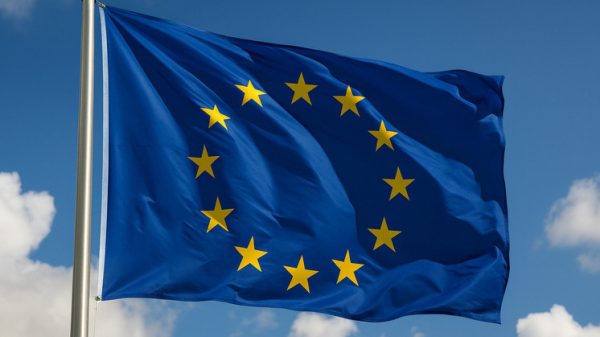
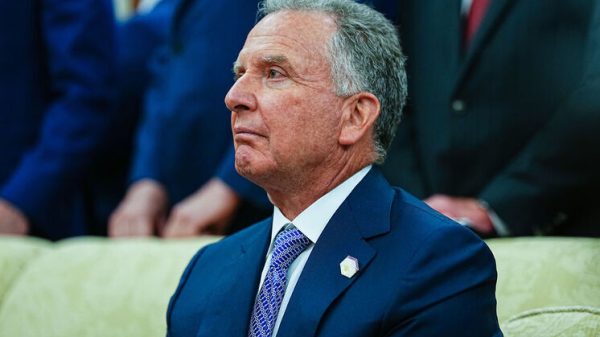

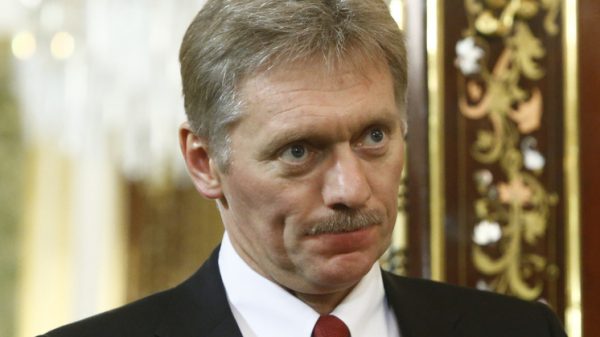

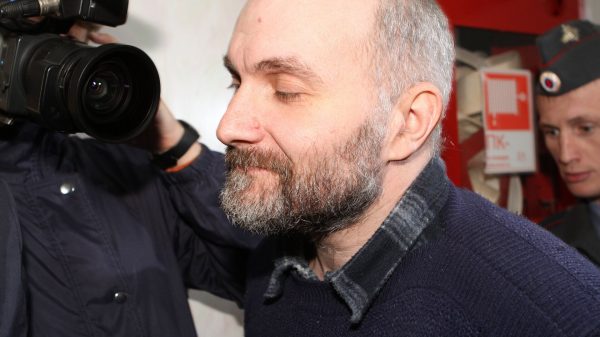


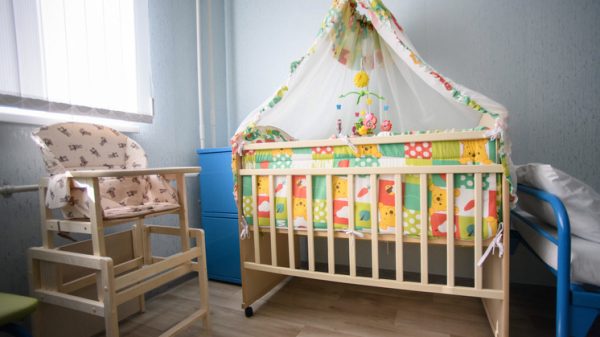
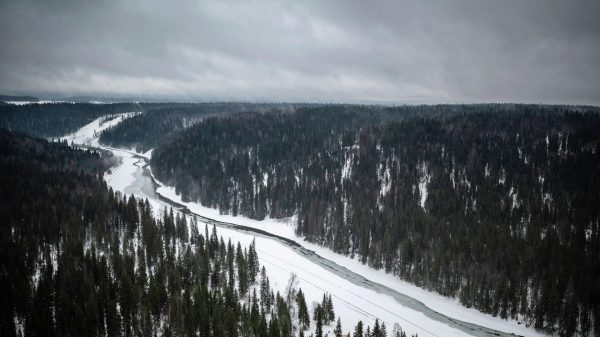
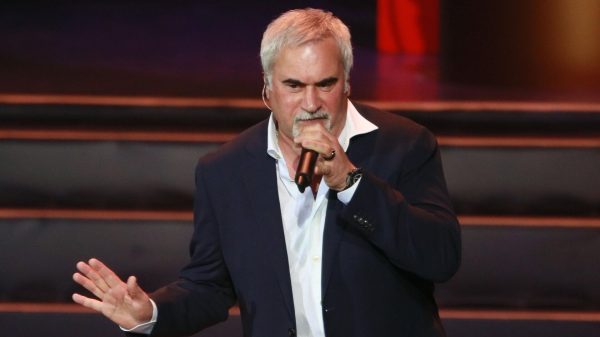
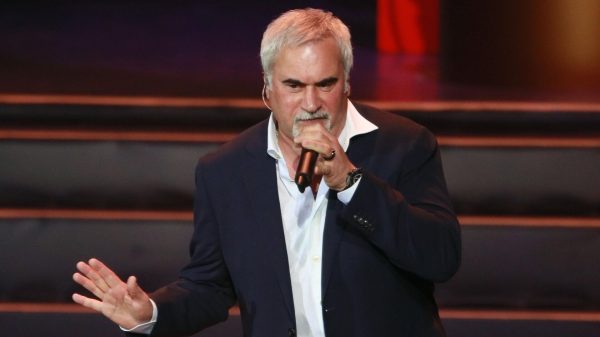
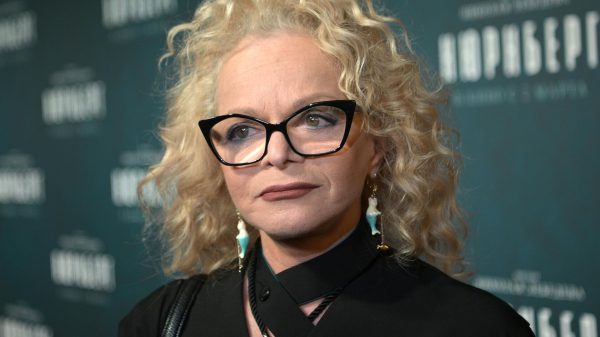

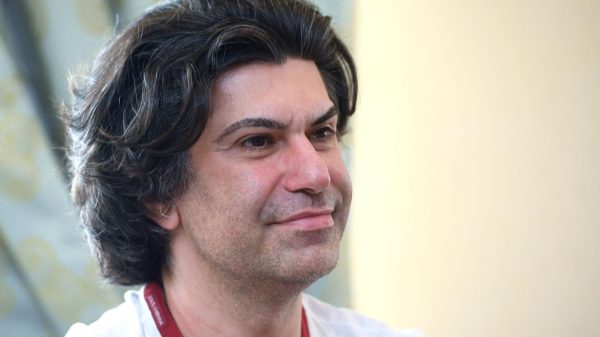

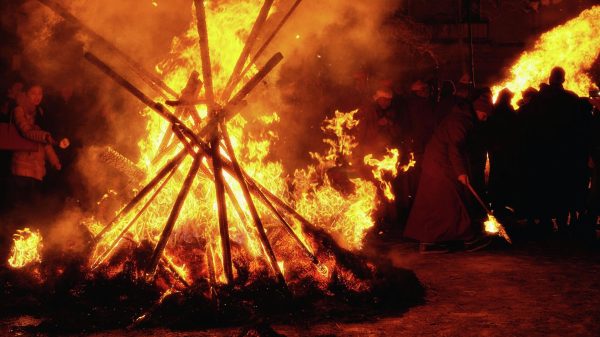
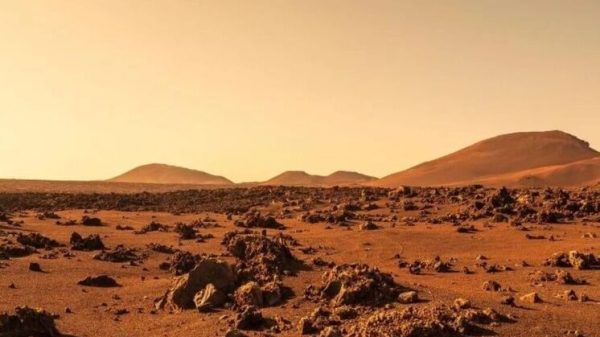







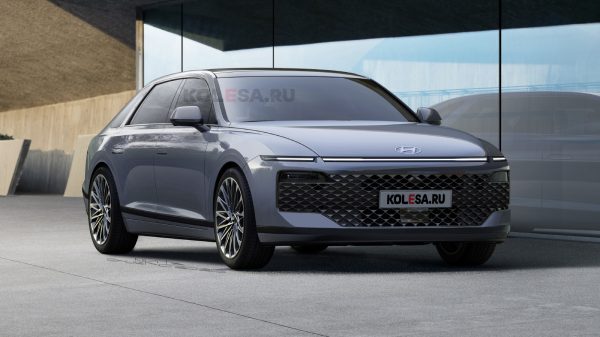
























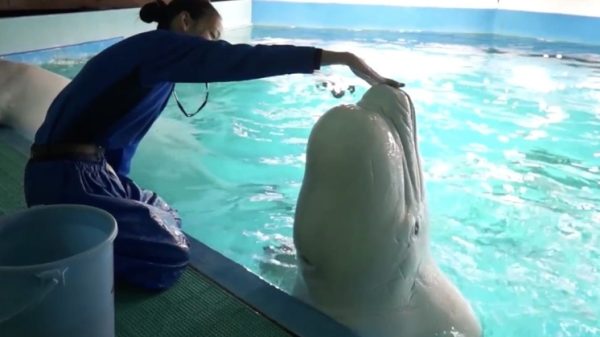
Свежие комментарии